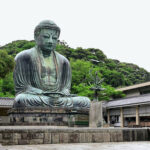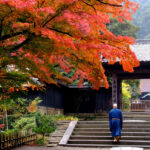 If you love ramen — Japan’s most beloved comfort food — the Shin-Yokohama Ramen Museum is an absolute must-visit.
If you love ramen — Japan’s most beloved comfort food — the Shin-Yokohama Ramen Museum is an absolute must-visit.
Opened in 1994, it was the world’s first food-themed museum, entirely dedicated to ramen, one of Japan’s most iconic dishes.
More than just a museum, this is a multi-sensory experience: you can learn the history of ramen, taste regional styles from across Japan, and even step back in time to the atmosphere of Tokyo in 1958, the year instant ramen was invented.
Located in Shin-Yokohama, only minutes away from the Shinkansen station, the museum offers a delicious journey through Japanese culture, nostalgia, and flavor.
Contents
- 1 What is the Ramen Museum?
- 2 The Concept: A “Ramen Theme Park”
- 3 1. Ramen History & Exhibition Area (1st Floor)
- 4 2. The 1958 Showa-Era Town (B2 & B3 Floors)
- 5 3. Regional Ramen Shops
- 6 4. Retro Entertainment & Atmosphere
- 7 5. Ramen Making Workshop
- 8 6. Museum Shop
- 9 Visitor Information
- 10 Access
- 11 Tips for Visitors
- 12 Why You Should Visit
What is the Ramen Museum?
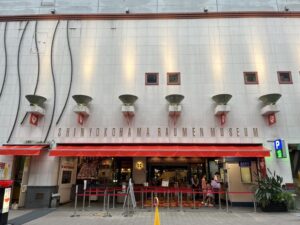
The Shin-Yokohama Ramen Museum — or “Ra-Haku” for short — is a three-story indoor theme park combining food, culture, and history.
It was created with the concept of being a “ramen amusement park” where people can experience all aspects of ramen: from its origins and regional varieties to hands-on experiences and dining.
The Concept: A “Ramen Theme Park”
The museum is divided into two main areas:
-
The Exhibition Floor (1st floor) – Learn about ramen’s history, ingredients, and cultural impact.
-
The Retro Street Floor (B2 & B3 floors) – An immersive recreation of 1958 downtown Tokyo, lined with ramen shops from all over Japan.
1. Ramen History & Exhibition Area (1st Floor)
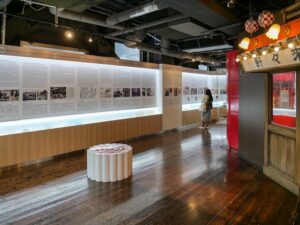
The journey begins with an educational and visual introduction to ramen.
Here, visitors can explore displays covering:
-
The History of Ramen: From its Chinese origins to its evolution into Japan’s national dish.
-
The Birth of Instant Ramen: Invented by Momofuku Ando in 1958 — the same year represented in the museum’s underground town.
-
Regional Varieties: Japan has over 100 local ramen styles, each with unique broth, noodles, and toppings.
Interactive exhibits show how soy sauce ramen from Tokyo differs from miso ramen in Hokkaido or tonkotsu ramen from Kyushu.
There’s also a “Ramen Recipe Chart” showing flavor profiles, noodle types, and soup bases — perfect for ramen enthusiasts who want to learn the science behind the bowl.
2. The 1958 Showa-Era Town (B2 & B3 Floors)
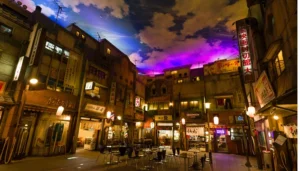
Descending the stairs takes you into a completely different world — a faithful recreation of a 1958 Tokyo streetscape at night.
Old wooden houses, neon signs, street lamps, and even the faint sound of a radio broadcast create an atmosphere of nostalgia.
This immersive environment symbolizes the year ramen first became a national phenomenon, capturing the postwar optimism and charm of Japan’s Showa era.
You can wander through narrow alleys filled with ramen shops, a retro candy store (dagashi-ya), and a classic photo studio.
3. Regional Ramen Shops

The main attraction: a lineup of famous ramen shops from across Japan, each serving its authentic local specialty.
Around 8 to 9 restaurants are featured at any time, rotating periodically to keep the experience fresh.
Examples include:
-
Ryu Shanghai (Yamagata): Spicy miso ramen with rich, bold flavor.
-
Shinasobaya (Yokohama): Light, clear soy-based broth with handmade noodles.
-
Komurasaki (Kumamoto): Creamy tonkotsu (pork bone) ramen with garlic chips.
-
Sumire (Sapporo): Classic Sapporo-style miso ramen with buttery aroma.
To make it easier to sample different types, each shop offers mini ramen bowls — perfect for trying several varieties in one visit.
4. Retro Entertainment & Atmosphere
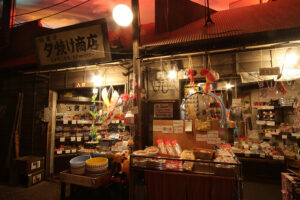
Beyond eating, the museum lets visitors experience everyday life in 1950s Tokyo.
You can find:
-
Dagashi-ya (Old-Fashioned Candy Shop): Selling nostalgic sweets, toys, and soda.
-
Photo Spots: Dress up in vintage outfits and take pictures in front of the retro movie theater or phone booth.
-
Street Performers: Occasionally, live shows or demonstrations add to the festive atmosphere.
The combination of aroma, design, and sound creates a time-travel experience that appeals to both adults and children.
5. Ramen Making Workshop
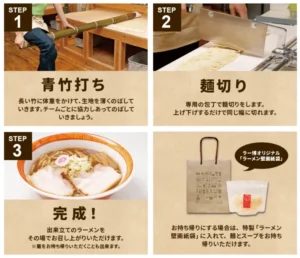
For those who want a hands-on experience, the Ramen Making Studio on the 1st floor offers workshops where visitors can:
-
Learn about ingredients like wheat and alkaline water.
-
Knead, cut, and shape noodles.
-
Create their own personalized ramen pack to take home.
Advance reservation is recommended, and English-language support is available.
6. Museum Shop
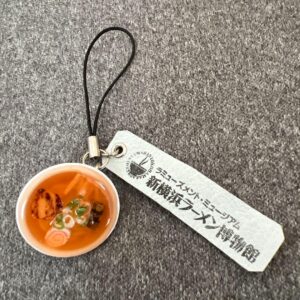
Before leaving, stop by the Ramen Museum Shop, offering souvenirs such as:
-
Instant ramen from around Japan
-
Ramen bowls, chopsticks, and spoons
-
Miniature food replicas
-
Limited-edition “Ra-Haku” goods
It’s the perfect place to grab a unique memento of your noodle adventure.
Visitor Information
Address:
2-14-21 Shinyokohama, Kohoku-ku, Yokohama, Kanagawa 222-0033
Opening Hours:
Typically 11:00 AM – 9:00 PM (last entry 8:00 PM)
Hours may vary seasonally; check the official website before visiting.
Admission Fee:
-
Adults: ¥380
-
Children (6–12): ¥100
-
Seniors (60+): ¥100
Access
By Train:
-
5-minute walk from Shin-Yokohama Station (JR Yokohama Line / Tokaido Shinkansen / Yokohama Municipal Subway)
Perfect for a stopover before or after Shinkansen travel between Tokyo, Osaka, or Kyoto.
By Car:
Paid parking available next to the museum.
Tips for Visitors
-
Visit during weekdays or late afternoons to avoid long lines at ramen shops.
-
Try 2–3 mini bowls instead of one large serving to experience different regional flavors.
-
Cash is accepted at all restaurants; some accept IC cards.
-
Vegetarian or halal options are limited, so check menus beforehand.
-
Bring a camera — the 1950s atmosphere is photogenic and immersive.
Why You Should Visit
The Shin-Yokohama Ramen Museum is more than a
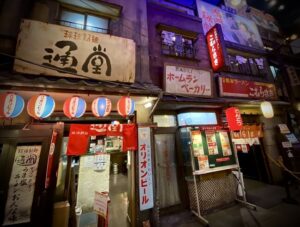
food court — it’s a cultural experience.
It tells the story of Japan’s postwar rebirth, culinary creativity, and love for ramen in one flavorful journey.
Whether you’re a foodie, history lover, or traveler seeking something uniquely Japanese, this museum offers the chance to:
-
Taste Japan’s regional diversity in one place
-
Step into the nostalgia of the Showa era
-
Understand how ramen became a symbol of Japanese soul food
It’s not just a place to eat — it’s a place to feel, learn, and savor Japan’s spirit in a bowl.
Related articles
Official Website
htmlhttps://www.raumen.co.jp/english/
Accommodation sites
Agoda
